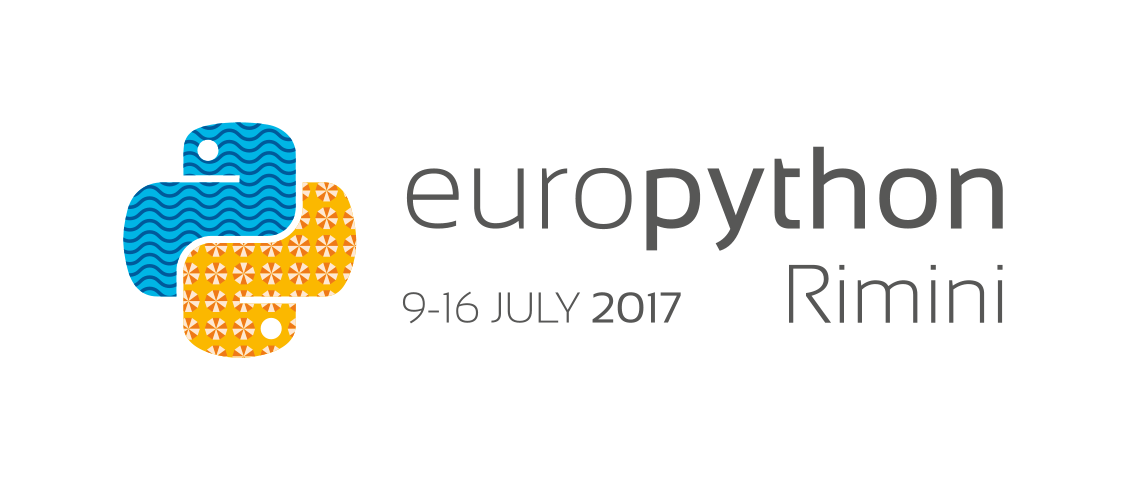Cloud Native Python in Kubernetes
Serverside applications are more and more likely to need to run in dynamic cloud environments where they can automatically scale as required. One rightfully popular approach is to run the application as a Docker container inside a Kubernetes cluster, giving you a lot of operational benefits thanks to the Kubernetes folks.
For the most part it is rather easy to make your Python application work inside a Docker container. But there are a number of common patterns one can follow to save time by delegating more things to the runtime environment. Furthermore you can start adding a few simple non-intrusive features to your application which will help improve the application live-cycle in the cluster, ensuring smooth hand-over when migrating the container to different nodes or scaling it up or down.
This talk will quickly cover the basics of Kubernetes and will then start from a simple program and will discuss the steps to take to make it behave well in this environment. Starting with the basics steps you can rely on the runtime for, covering logging and all the way to supporting the service life-cycle, health checking and monitoring in a Kubernetes environment. You will see that building a cloud-native application is not very hard and something you can gradually introduce.
